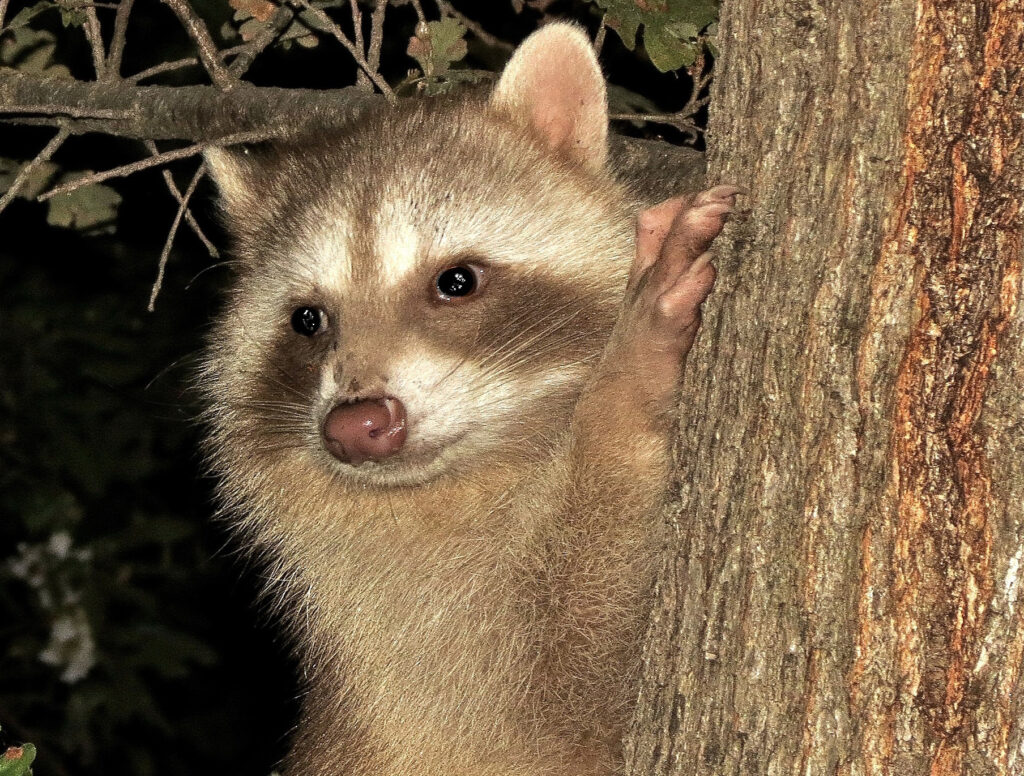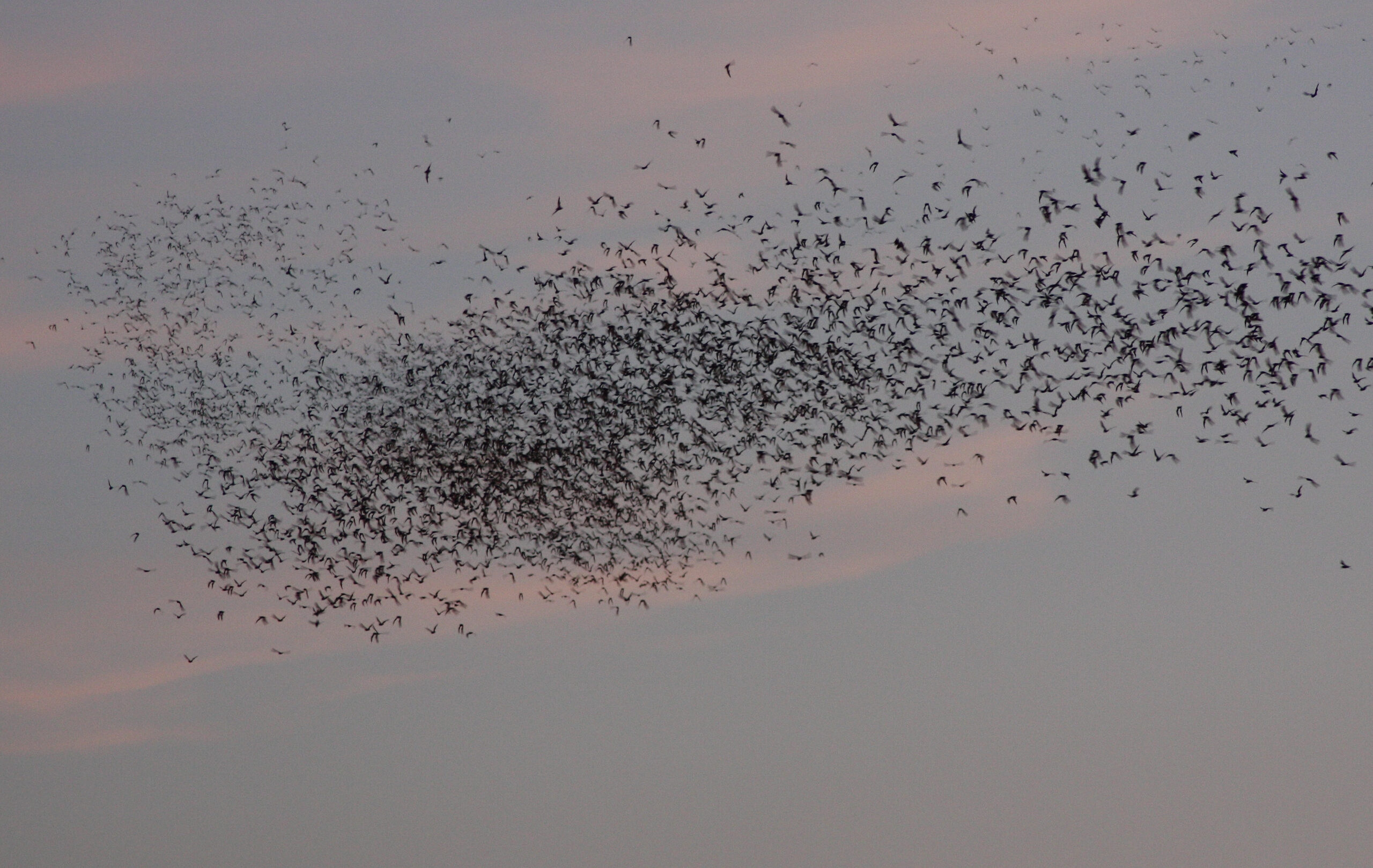When we visit the Yolo Bypass Wildlife Area, most of us expect to see some bird life while being ever hopeful of a mammal sighting. Fox, coyote, otter, raccoon, and mink, among other mammals, are probably more common that we imagine, but sightings are uncommon. Some of these animals are loners, many are nocturnal, and most are wary. Their sharp senses help them avoid human contact. Yet, we know of their presence not by direct observation but by the signs they leave. Consider the raccoon. I have only seen them in numbers when the Bypass floods and they make their escape to higher ground on the levees or climb trees. Mostly, they are nocturnal and secretive. But one knows of their presence by the tracks they leave (five nimble fingers and toes) and their scat (feces). For an unexpected reason, it’s raccoon scat that requires a closer look.

Photo by Jo Ellen Ryan
Raccoon scat looks much like the excrement of a small to medium-sized dog. It is up to one inch in diameter, cylindrical, and often broken in the middle, leaving two to three-inch pieces with blunt ends (opossum scat, in contrast, is one continuous pile). Raccoon scat is typically dark in color, but that varies with the animal’s diet, and it is usually disagreeably odiferous. One feature that sets it apart from dog scat is the presence of undigested berries, seeds, and other plant parts. Just about anything edible is found in raccoon scat. And unlike most mammals, raccoons often defecate in the same place, called a latrine. Sometimes, more than one raccoon will use the same latrine, possibly as a means of communication. The latrines may be conspicuous- in the middle of a trail, on a log, in the fork of tree branches, etc. River otters also famously use latrines. In that case, the latrines are near water and often associated with a slide, the trail where the otters enter and exit the water.
Why the interest in raccoon scat identification? Because possibly hidden in the scat are microscopic eggs of a parasite that is potentially dangerous to humans. Wild animals are often hosts to parasites and raccoons are no exception. One raccoon parasite is a nematode called the raccoon roundworm, or Baylisascaris procyonis. The adult of this roundworm lives in the small intestines of its primary host, the raccoon, which typically shows no symptoms of the infection. The worm is considered present wherever raccoons thrive, and most raccoons in a population are likely infected. A single female worm can release hundreds of thousands of microscopic eggs daily and the raccoon may harbor multiple worms. The eggs are then shed with feces. After a period of two to four weeks, the larvae within the eggs become infectious. With adequate soil moisture, the eggs can survive for years. Wild animals, including birds, rodents, other mammals, including raccoons, and humans become infected by accidentally ingesting infectious eggs. Raccoons and other predators also pick up the worm if they consume an infected rodent or other animal, completing the cycle.
Upon ingestion by a raccoon, the larvae develop in the gut wall, eventually becoming adults in the small intestine. On rare occasions, dogs can also harbor adult raccoon roundworms. In accidental hosts, like rodents and birds and humans (who might ingest eggs on unwashed hands or inhale spores associated with dust from raccoon feces), the larvae may penetrate the gut wall. From there, the larvae migrate and invade other tissues, including the eye, brain, heart, and liver, but the larvae do not develop into adults and reproduce in the gut as they do in raccoons. Fortunately, human infection is rare but the disease it causes, called baylisascariasis, is a serious health threat. Interestingly, there is some evidence that the disease is more common than diagnosed because antibodies to the raccoon roundworm have been detected in healthy people, indicating an earlier asymptomatic infection. Still, when visiting the wetlands we should probably go out of our way to avoid contact with raccoon feces and their latrines. If you come across raccoon scat in the Bypass, marvel that you share the wetlands with a myriad of wildlife, and walk on by.




